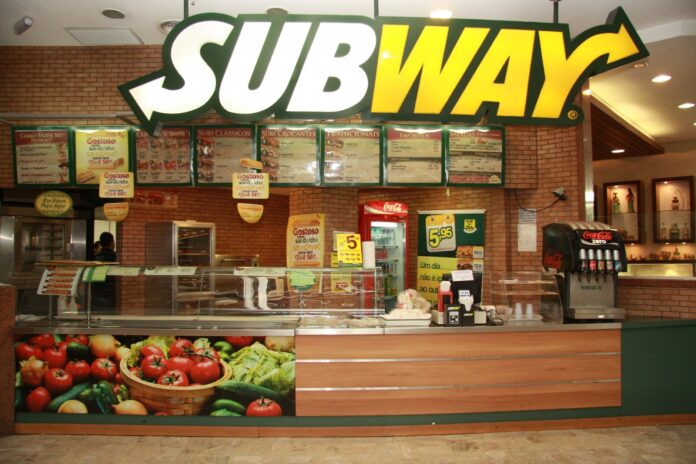Subway, which was until recently the undisputed leader in terms of the number of stores in the fast food industry in the US, has been going through a steady decline in its market share. The company consolidated some 600 stores in 2024 — 19, 502 outlets overall, down from 27 000 at the peak of 2015. It is the fewest number of Subway locations in the country in more than two decades. A range of interlocking factors have driven this downturn, including the changing tastes of consumers, the struggles of franchisees, stiff competition,a nd bludgeoning by strategy missteps.
Changing Consumer Preferences
Once, Subway was a revolutionary at the customizable sandwich model. But much has changed in the fast food realm. Today’s consumers, though, want variety, healthier options, plant-based options, and they want convenience, grabbing them on the go and applying app-based delivery service. Subway understands the shortfalls that have made efforts to change, like menu overhauls and new items but unfortunately, it’s been too little, too late. Many people say that Subway’s offerings are, among chains that regularly innovate and tap into emerging food trends, stones compared to other chains.
Mounting Franchisee Challenges
However, the subway’s business depends on a franchisee model, but the franchisees are suffering from rising pressure. Profitability has generally been difficult primarily due to rising operational costs, aging infrastructure, and saturation of the market location, often with stores close to each other. The reports say that nearly 28 percent of Subway’s U.S. locations have closed since then. More franchises are closing their doors because the businesses are too financially unsustainable, while franchisees have grown tired of the lack of corporate support and high fees.
Real Estate and Digital Ordering Trends
With the shift to modern consumer behavior, Subway’s traditional strategy of aggressively jumping into every available physical storefront is no longer viable. The rise of digital ordering and delivery apps means that foot traffic is down, and that many locations are unviable. Store owners even feel squeezed more by rising real estate costs. In today’s environment, the time approach the company had initially planned for setting up several locations close to each other has now turned into a liability.
Competition from Modernized Rivals
In addition to McDonald’s and Starbucks, Subway also suffers from intense competition. Things have already become too modern for these brands, who have actually modernized our offerings, embraced technology, and created memorable customer experiences. In revenue, McDonald’s has way more locations than Subway, but is way behind in terms of the U.S. number of locations, thanks to innovations such as all-day breakfast and tech-integrated ordering. At the same time, Starbucks has created a dominant position for itself in the premium beverage space with a model that appeals to younger consumers due to its focus on experience. The lag in which the subway has adopted digital innovations as well as trends on the menu, has led to a loss of market share.
Employee Fallout and Abrupt Closures
Subway employees have also felt this deeply with the mass closures. For example, in Oregon, workers were fired without warning or severance in some states. Other stores were ‘blindsided’ what one store manager, Joanne Kenned,y described, along with the greater problem of a corporate lack of transparency and poor internal communication. It has brought public scrutiny in addition to a sense of demoralisation among any remaining staff and franchisees.
Subway’s Attempt at a Turnaround
Despite its setbacks, Subway is not backing down. The company has adopted a strategy called “Smart Growth,” focusing on closing underperforming locations while opening new ones in high-potential areas. It’s also investing in store remodels to attract younger customers with sleeker, more modern designs. International expansion is another focal point; Subway has experienced global net growth for two consecutive years, and its international locations now outpace its U.S. performance.








